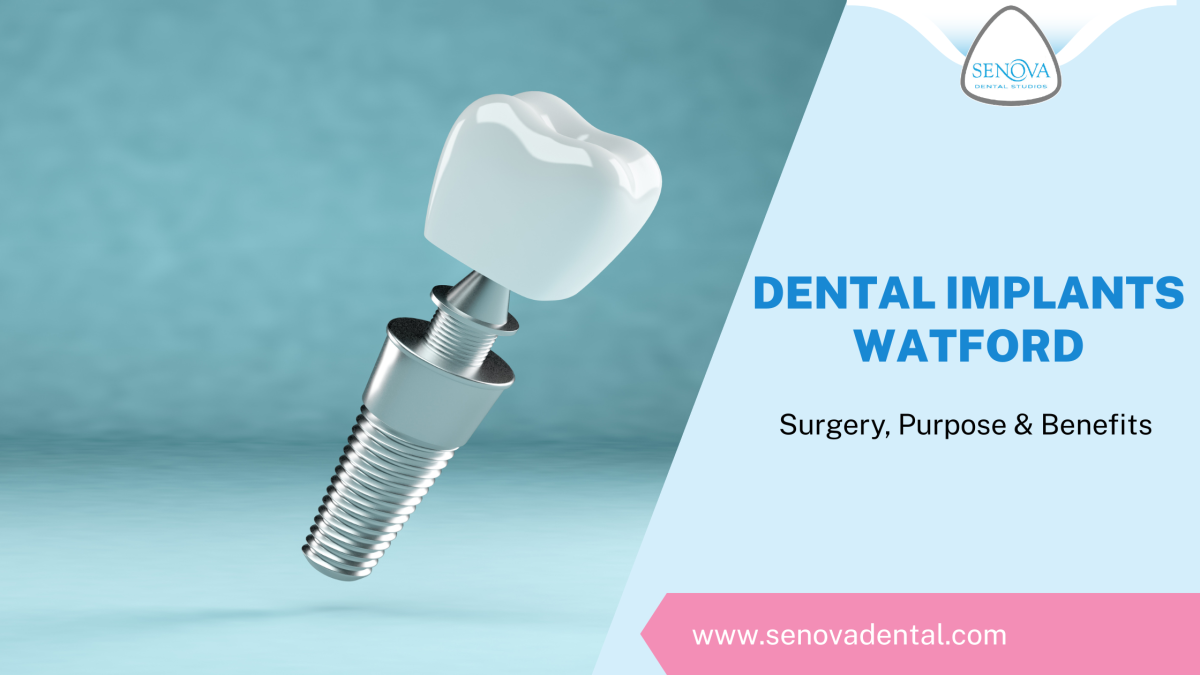
Composite bonding is a cosmetic dental procedure that uses a tooth coloured composite resin to reshape, repair, or enhance the appearance of natural teeth. It’s a quick, pain free, and minimally invasive treatment that offers dramatic results without the need for drilling or extensive alteration to your tooth structure.
Whether you’re covering chips, closing small gaps, or improving the shape of a tooth, composite bonding treatment offers a versatile solution that blends beautifully with your existing smile. It’s a fantastic alternative to more involved dental treatments like porcelain veneers or orthodontic treatment, particularly for people looking to address minor imperfections with less commitment.
How to Whiten Composite Bonding at Home
This is a common question, but the answer is simple: you can’t whiten composite bonding at home. The composite resin used in bonding does not respond to traditional teeth whitening treatments. That means if you try over-the-counter whitening kits, LED devices, or whitening strips, they’ll work on your natural teeth, but not on the bonded areas.
Over time, composite can stain just like enamel, but unlike enamel, it won’t brighten with peroxide-based products. If your bonding has become discoloured or stained, the only effective option is to have it polished or replaced by your dentist.
Does Hydrogen Peroxide Whiten Composite Bonding?
No – it doesn’t. Hydrogen peroxide, the active ingredient in most professional and at-home teeth whitening treatments, only whitens natural tooth enamel. It has no effect on composite resin. In fact, using strong whitening products can even create uneven colouring, making bonded areas appear dull or darker compared to your freshly whitened teeth.
If you’re planning on whitening your teeth and getting composite bonding, the best approach is to whiten your natural teeth first, then have the bonding done to match the brighter shade.
Composite Bonding Ruined My Teeth?
Let’s clear this up: composite bonding, when done properly by a skilled dentist, does not ruin your teeth. In fact, one of the biggest benefits of composite bonding is that it’s a non-invasive procedure. Unlike veneers or crowns, which may require the removal of healthy enamel, bonding usually doesn’t require any drilling at all.
However, poorly done bonding or frequent touch-ups from an inexperienced provider could potentially harm the tooth surface over time. That’s why it’s crucial to choose a reputable clinic with experience in cosmetic dental treatments.
Composite Bonding Whitening Toothpaste
Using whitening toothpaste can help reduce surface stains on both natural teeth and composite bonding, but it won’t actually whiten the composite material. Whitening toothpaste typically contains mild abrasives or polishing agents that can make your smile appear brighter by removing surface debris – but don’t expect it to lighten the shade of bonded areas.
To maintain the appearance of your bonding, use a non-abrasive toothpaste and follow good oral hygiene. If discoloration sets in, a professional polish or replacement is your best option.
How Long Does Composite Bonding Last?
One of the most frequent questions is: how long does composite bonding last? The typical lifespan is 5 to 7 years, but this depends on a few factors:
- Your oral hygiene habits
- Diet (coffee, red wine, and smoking can stain)
- Whether you grind your teeth
- Regular dental checkups and cleanings
Although not as long-lasting as porcelain veneers, bonding is far less invasive and easier to maintain. Many patients see their bonding last longer with good care and occasional touch-ups.
Is Composite Bonding Permanent?
Composite bonding is not permanent, but it’s long-lasting and a great solution for many. While veneers or crowns can last 10-15 years or more, they involve altering the tooth structure more extensively.
Bonding can be easily repaired or replaced, making it an ideal choice if you’re not ready for a permanent cosmetic treatment or if you want to test out a new look before committing to more involved dental treatments.
How Composite Bonding Can Enhance Your Appearance
The benefits of composite bonding go beyond just fixing imperfections – it can completely transform your smile. Here’s how:
- Corrects minor flaws like chips, cracks, or worn edges
- Closes small gaps between teeth
- Shapes and elongates short teeth
- Masks discoloration or uneven tones
- Creates symmetry without needing braces or orthodontic treatment
Because it uses tooth coloured resin, the results look incredibly natural. With a skilled dentist, your bonded teeth will blend in seamlessly with your natural teeth, giving you a smile that’s brighter, more balanced, and more confident.
Composite Bonding Cost: Is It Worth It?
In terms of composite bonding cost, it’s one of the most affordable cosmetic dental treatments available. The price will vary depending on the number of teeth being treated and your location, but on average, the cost per tooth is significantly lower than porcelain veneers or dental crowns.
Our fee structure is here.
Given the results it can achieve and the minimal preparation required, many patients consider composite bonding a cost-effective investment in their smile – especially when they want fast results with little to no downtime.
Composite Bonding vs. Veneers: What’s the Difference?
You might be torn between composite bonding and porcelain veneers. Here’s a quick comparison:
| Feature | Composite Bonding | Porcelain Veneers |
|---|---|---|
| Invasiveness | Minimally invasive | Requires enamel removal |
| Longevity | 5-7 years | 10-15 years or more |
| Cost | Lower | Higher |
| Durability | Moderate | High |
| Aesthetic | Very natural, but slightly less translucent | Highly natural and durable |
| Reversible | Yes – most of the time | No |
Bonding is best suited for minor fixes or subtle reshaping, while veneers are often used for more dramatic makeovers.
Aftercare Tips to Make It Last
To extend the life of your dental bonding, here are a few tips:
- Brush twice daily with non-abrasive toothpaste
- Floss daily to prevent plaque buildup
- Avoid biting hard objects (like pens or ice)
- Limit staining foods and drinks (or rinse after consuming them)
- Visit your dentist regularly for maintenance and cleaning
Final Thoughts
Composite bonding treatment is one of the most accessible, versatile, and rewarding cosmetic dental procedures available today. It’s perfect for enhancing your appearance, restoring your confidence, and doing so without any major invasive procedure or long recovery time.
Whether you’re looking to fix a chipped tooth, close a gap, or brighten your overall smile, composite bonding might be the perfect match. Just remember—it won’t whiten like natural enamel, so planning the shade before bonding is essential.
Book a consultation with us to explore your options and see how dental bonding can transform your smile into something truly spectacular.
- What Is Composite Bonding? - November 25, 2025
- Emergency Dentistry: When To Seek Emergency Dental Treatment? - October 31, 2025
- Dental Implants Watford: Surgery, Purpose & Benefits - August 31, 2025




